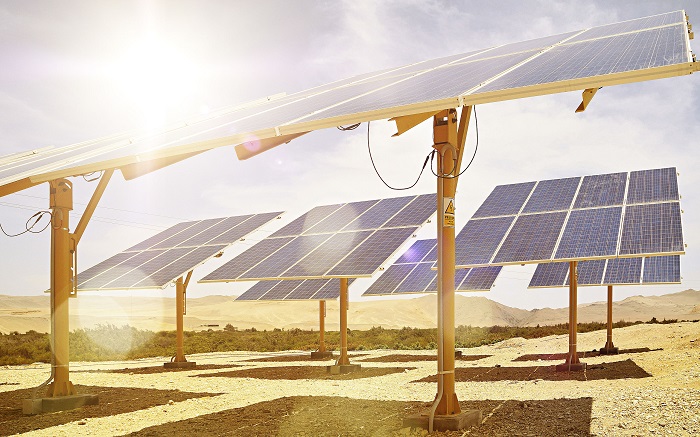In its New Energy Outlook 2017 report released today, BNEF states that renewable energy sources, led by solar and wind, will account for close to three quarters of the $10.2 trillion to be invested in new generation technology between now and 2040.
Among the report’s key findings are that, in the same timeframe, solar will take $2.8 trillion in investments and see a 14-fold increase in installed capacity. The projected price drop for solar’s LCOE – another 66% by 2040 – would lead to it quickly becoming cheaper than coal across much of the world. “Solar is already at least as cheap as coal in Germany, Australia, the U.S., Spain and Italy, says the report. “By 2021, it will be cheaper than coal in China, India, Mexico, the U.K. and Brazil as well.”
Residential solar is also expected to be embraced by more homeowners, accounting for as much as 24% of electricity in Australia and 20% in Brazil by 2040.
BNEF’s report predicts that global emissions to peak in 2026 and then start to fall, as coal fired power starts to fizzle out in India and China. The former country’s speed in adopting solar as a mainstream power source led BNEF to adjust its outlook for India’s emissions down by 44% over the 2016 New Energy Outlook.
“The report suggests that the greening of the world’s electricity system is unstoppable, thanks to rapidly falling costs for solar and wind power,” said Seb Henbest, lead author of the report at BNEF.
Alongside the growth of renewable generation capacities, supporting technologies such as storage will also continue their impressive growth. BNEF expects the global lithium-ion battery market to be worth $239 billion between now and 2040, and for electric vehicles to account for 13% of electricity generation in the U.S. As manufacturers scale up to meet this demand, the cost of lithium-ion technology is expected to fall by 73% by 2030.
“This year’s forecast shows EV smart charging, small scale battery systems, plus utility storage on the grid,” said BNEF lead analyst Elena Giannakopolou, “playing a big part in smoothing out the peaks and troughs in supply caused by variable wind and solar generation.”
This content is protected by copyright and may not be reused. If you want to cooperate with us and would like to reuse some of our content, please contact: editors@pv-magazine.com.




By submitting this form you agree to pv magazine using your data for the purposes of publishing your comment.
Your personal data will only be disclosed or otherwise transmitted to third parties for the purposes of spam filtering or if this is necessary for technical maintenance of the website. Any other transfer to third parties will not take place unless this is justified on the basis of applicable data protection regulations or if pv magazine is legally obliged to do so.
You may revoke this consent at any time with effect for the future, in which case your personal data will be deleted immediately. Otherwise, your data will be deleted if pv magazine has processed your request or the purpose of data storage is fulfilled.
Further information on data privacy can be found in our Data Protection Policy.